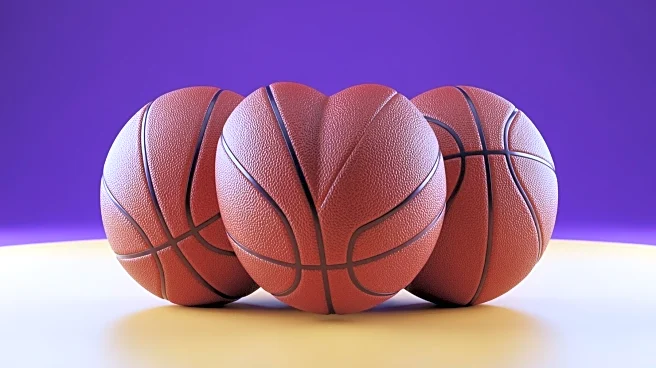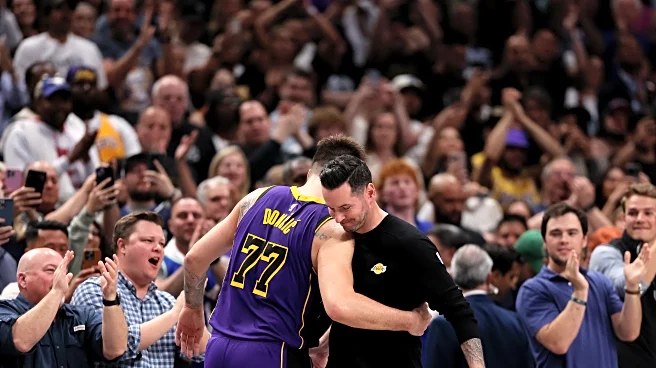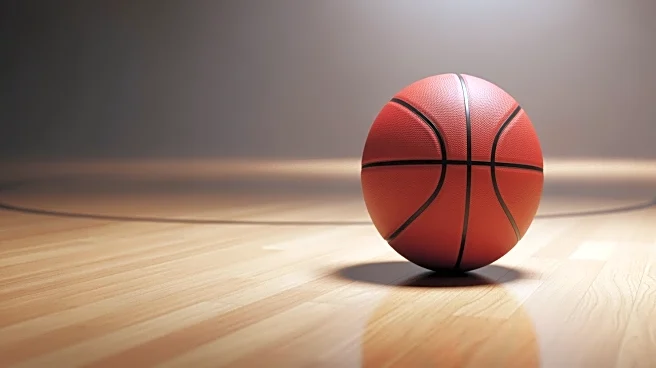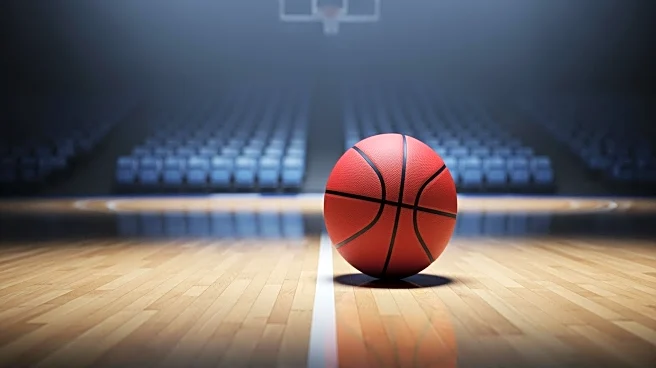What's Happening?
The Los Angeles Lakers have adopted PechaKucha presentations, a Japanese slideshow technique, to foster team bonding and improve communication. Despite injuries to key players like LeBron James, Austin
Reaves, and Luka Doncic, the Lakers have managed to maintain one of the NBA's most efficient offenses. The PechaKucha method involves players and coaches sharing personal stories through a series of slides, enhancing understanding and camaraderie off the court. This approach has contributed to the team's strong start, with a record of 7-2 and five consecutive wins.
Why It's Important?
The Lakers' innovative use of PechaKucha presentations highlights the importance of team chemistry in professional sports. By encouraging players to share personal experiences, the team builds stronger relationships, which can translate into better performance on the court. This method is particularly significant given the frequent changes in team personnel due to trades and injuries. The Lakers' success despite these challenges underscores the potential of non-traditional team-building techniques in maintaining high performance levels.
What's Next?
As the Lakers continue their season, they face a five-game road trip starting in Atlanta. The team will need to maintain their strong bond and efficient communication to overcome the absence of key players like LeBron James and Austin Reaves. The ongoing use of PechaKucha presentations may play a crucial role in sustaining team morale and performance. Additionally, the Lakers are considering further integrating injured players like James into team activities, potentially through stints with the South Bay Lakers.
Beyond the Headlines
The Lakers' adoption of PechaKucha presentations reflects a broader trend in sports where teams are increasingly looking to unconventional methods to enhance team dynamics. This approach not only fosters a sense of community but also encourages players to engage in self-reflection and personal growth. The cultural exchange involved in adopting a Japanese technique also highlights the global nature of sports and the potential for cross-cultural influences to enrich team strategies.












